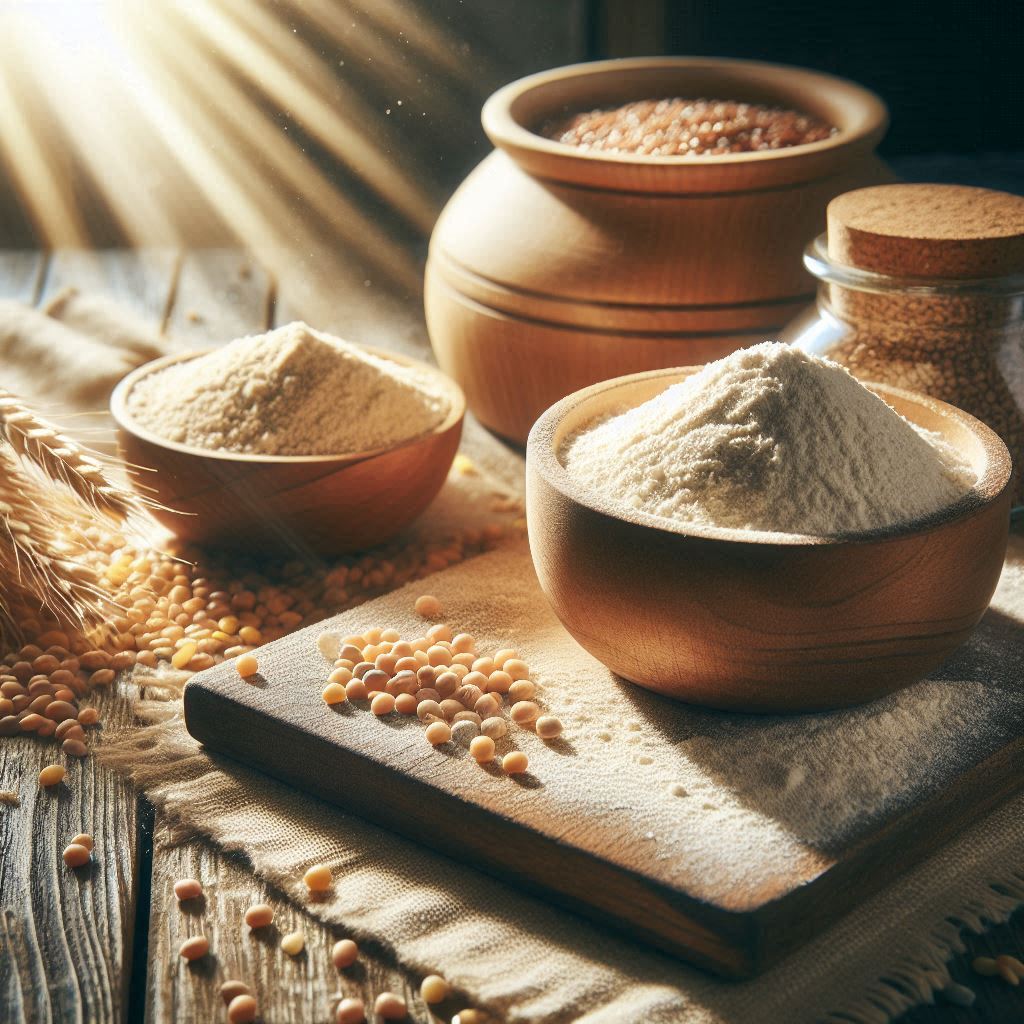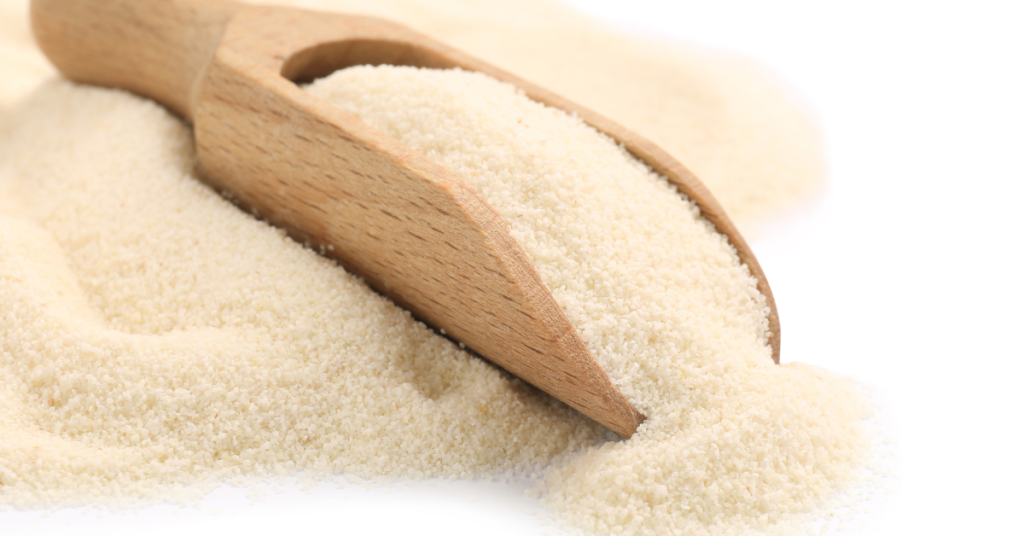29 June 2024
The “Pure flour from Europe” programme focuses on health, well-being, and the responsible selection of raw materials, highlighting that organic flours and semolina contain high levels of vitamins, mineral salts, fibre and secondary phytochemicals, which maximise nutritional absorption. Organic flours and semolina Made in Europe and especially those Made in Italy, are considered high-quality flours, because they are produced through milling the best quality cereals.
What the experts say
Nutritionists, scientists, geneticists, and even doctors and agronomists all agree that scientific evidence shows that an extensive use of chemical fertilizers and herbicides, used to obtain high yields in cereal cultivation, is bad for our health and the environment.
Healthier with organic flour and organic semolina
As nutritionist Federica Claar explains, “The flours and semolina used in foods such as pasta, bread, cakes and many other products, usually don’t contain two fundamental parts of the grain: the bran and the wheat germ. These elements contain important nutrients which are retained in organic products. Furthermore, your diet will be healthier, as organic foods (flour and semolina in this case), by law have to be free of chemicals and genetically modified organisms (GMOs). The use of organic flours and organic semolina can help to reduce the development of allergies, and the vitamins, mineral salts, noble proteins and enzymes found in wheat are preserved, making them highly digestible and nutritious ingredients. And what’s more, their high fibre content lowers the glycaemic index, helping you feel fuller for longer.”
In a Mediterranean diet, energy is derived from macronutrients (carbohydrates, proteins and lipids or fats), which are also found in organic flours and semolina, and a “balanced diet” should be made up of the following:
- 45–60% carbohydrates, predominantly complex (such as cereal starches)
- 10–12% protein, corresponding to 0.9g per kg of body weight
- 20–35% fat, with less than 10% saturated fat (found in almost all animal products except fish).

Organic flours and organic semolina are good for you.
Organic flours and organic semolina represent a perfect combination of great flavour, health benefits and eco-sustainability.
“Cereals have always been an important part of our diet,” explains Alberto Colella, fermentation scientist and well-known food blogger. “Organic flours and semolina in particular, are bursting with flavour, nutrients and versatility, as they are grown using farming methods that follow the natural cycles of the land, without the use of chemical fertilizers and pesticides. Herbicides, fungicides and insecticides are also banned in the storage of organic produce. None of the nutrients are lost through milling, so all the vitamins, fibre, mineral salts, enzymes and noble proteins are retained, with an organoleptic gain that adds to the wholesome and authentic flavour of the finished product.”
Five good reasons to use organic flours and semolina:
- they have not been modified
- they are less refined, thus the beneficial properties of the grain are preserved
- they have a balanced starch-gluten ratio
- they are lighter and more digestible, thanks to a low gluten content
- they reduce the development of food intolerances.
Classification of soft wheat and durum (hard wheat) flours
There are five types of soft wheat flours, which are graded according to the amount of bran left after milling
- Type 00 flour or white flour: the most refined flour, with a yield level of 50% (100kg of wheat produces 50kg of flour)
- Type 0 flour: it has 22% more bran and wheat germ than white flour, the nutrient-rich parts of the grain
- Type 1 flour: the level of waste falls to 20%.
- Type 2 flour: only the outermost 15% of the grain is discarded to obtain a very versatile flour, which can be substituted in the same quantities with 00 flour in almost all recipes
- Whole grain flour, obtained from milling the whole grain, with a yield of 100% (100kg of wheat gives 100kg of flour). It’s the healthiest choice possible
Semolina
There are four types of semolina or durum wheat flour
- Semolina, which has waste of 36-40%, is a coarse-grained, less refined product than re-milled semolina, with a more intense golden-yellow colour, ideal for making pasta
- Re-milled semolina (also called durum wheat flour) is obtained from a second grinding of the semolina; it is finer-grained and a lighter colour than semolina; it is ideal for pizzas, focaccia and other leavened products
- Whole wheat semolina obtained from grinding the whole grain. It comes in the form of coarse grains of in graded sizes. It is amber yellow in colour and contains a lot of fibre (from the outer layer of the durum wheat grain, which is also milled)
- Re-milled whole wheat semolina, which is obtained from a second milling of whole wheat semolina.

Taste Good Health with Pure Flour from Europe. Enjoy!
